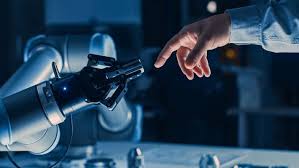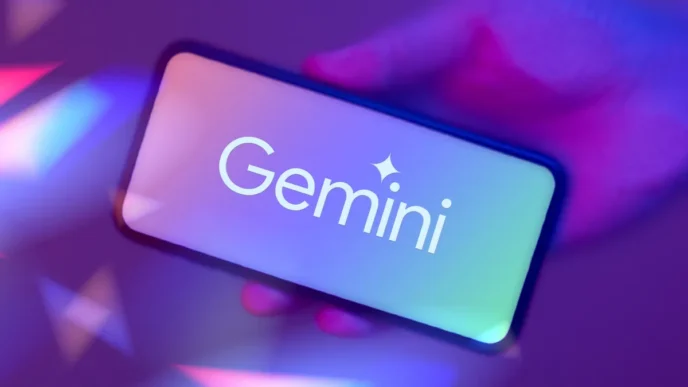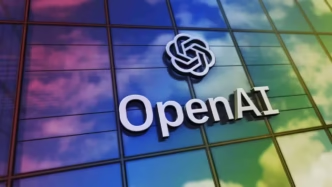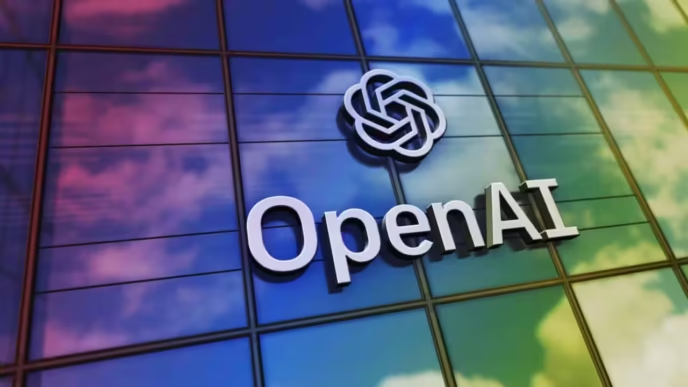Teddy Warner, a 19-year-old robotics enthusiast, is on a mission to make machines more human. Growing up in a family immersed in robotics, Warner spent his teenage years working in a machinist shop, building the foundation for what would later become Intempus—a startup aiming to reshape how we interact with robots.
Through Intempus, Warner is developing technology that retrofits existing robots with emotional expressions. But this isn’t about giving robots smiling faces. Instead, the goal is to mimic human physiological states—emotions reflected not just in voice or words but in subtle body movements. Warner believes these cues will make robots more intuitive, trustworthy, and easier for humans to interact with.
What sparked this idea? It all began during his time at Midjourney, an AI research lab focused on building world models—AI systems designed to interpret and react to real-world dynamics, not just linear cause-and-effect logic. Warner realized that the robots feeding data into these models were missing something crucial: a human-like sense of presence. They lacked what he calls the “B step”—the physiological state that connects what we observe with how we act.
“Right now, robots jump straight from input to output—from seeing something to doing something,” Warner explained. “But humans, and even animals, experience an in-between moment—our internal state. We feel stress, excitement, or calm, and that changes how we respond. Robots don’t do that.”
That missing link inspired Warner to dive into research. He first tried analyzing brain activity using fMRI scans but hit a dead end. A friend suggested polygraph tests, which measure sweat response. Surprisingly, this approach worked. By collecting sweat data from himself and friends, Warner trained a model that could map physiological signals to emotional states.
Encouraged by these early results, he expanded to other biometric signals like body temperature, heart rate, and photoplethysmography—data that reflects blood flow patterns in the skin. Together, these inputs help create what Warner calls an “emotional composition” for robots. It’s not about making them feel emotions the way we do—but giving them the signals that make their behavior feel more natural and human to us.
Since launching Intempus in September 2024, Warner has split his time between research and customer outreach. The company now has seven enterprise partners testing the tech, and it’s part of the latest cohort of the Thiel Fellowship—a prestigious program that grants $200,000 to young founders willing to skip college and build their startups full-time.
For now, Intempus is focused on retrofitting emotional capabilities into existing robotics platforms. But Warner isn’t ruling out building emotionally aware robots from scratch down the line. His goal is clear: to make robots not just functional, but relatable.
“If someone can walk into a room, see one of our robots, and instinctively feel that it’s joyful or relaxed—without a screen or voice saying so—then we’ve done our job,” he said. “I want to prove that within the next few months.”












